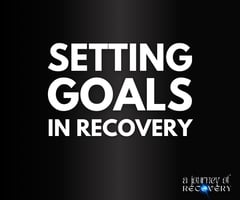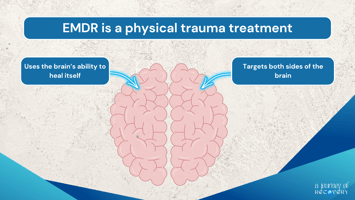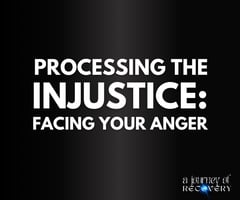Setting goals can be an excellent way to help you on your path to healing from traumatic events....
Journaling Techniques for Trauma Recovery
Unlock the power of journaling to navigate and heal from trauma, fostering a path to emotional well-being.
The healing power of journaling: Why it works
Journaling has long been recognised as a powerful tool for personal growth and emotional healing. As a survivor of traumatic experiences, the act of writing helps me process and make sense of my experiences. By putting my thoughts and feelings into words, I have gained clarity, released pent-up emotions, and found ways to understand my traumatic experiences from a new perspective.
Research has shown that journaling can reduce symptoms of anxiety and depression, common in those with a dysregulated nervous system or C-PTSD (Complex Post-Traumatic Stress Disorder). The process of writing can activate the brain’s reflective and analytical functions, promoting a sense of control and empowerment. Furthermore, journaling allows for the safe expression of thoughts and feelings, providing a private space for healing and self-discovery.
Types of journaling techniques for trauma recovery
There are various journaling techniques that I have found particularly beneficial for my trauma recovery. Free writing, for instance, involves writing continuously without worrying about grammar or structure, allowing thoughts to flow naturally. This helps me release suppressed emotions and uncover hidden feelings.
Prompt-based journaling, where specific questions or topics guide my writing, help focus my mind on particular aspects of my experiences what I have learned, what I might do differently etc.
Another effective technique that I use is gratitude journaling, which involves noting down things I am thankful for. I use a separate journal for this. Over time, gratitude journaling shifted my focus from negative to positive experiences, which has helped me foster a more hopeful outlook.
Art journaling, which combines writing with drawing or collage, is also a therapeutic way to express emotions non-verbally. I have found this particularly helpful when dealing with very deep emotions.
I also keep a record of my dreams in my journal. Over time I have noticed repeating symbols, and have found it helpful to keep track of them.

Step-by-step guide to effective journaling
Here’s a step-by-step guide to help you get started: First, choose a quiet, comfortable place where you feel safe and won’t be interrupted. Next, pick a journal that feels right for you, whether it’s a blank notebook, a guided journal, or a digital app. Personally, I use a cheap exercise book which cost about $1.
Begin by setting aside a specific time each day for journaling, even if it’s just for a few minutes. Consistency is key. Start with a few deep breaths to centre yourself, and then let the words flow. Remember, there’s no right or wrong way to journal. If you’re stuck, use prompts or write about your day and how it made you feel. Reflect on your entries periodically to track your progress and gain insights into your healing journey.
Sometimes I will journal straight after reading or watching something, whilst it's fresh in my mind. For instance, if I have some ideas come into my head whilst watching Netflix or YouTube. This has helped a lot.
Overcoming common barriers to journaling
Many people face barriers when trying to establish a journaling practice. One common obstacle is the fear of confronting painful memories. It’s important to remember that journaling is a safe space, and you have control over what you write. Start slowly and write about less triggering topics until you feel more comfortable. If you are concerned about someone reading your work, then perhaps you could use a word processor and put a password on your document.
Another barrier is time. People often feel they don’t have enough time to journal. However, even a few minutes a day can be beneficial. Prioritise journaling by incorporating it into your routine, such as before bed or first thing in the morning. Additionally, some may struggle with perfectionism, feeling their writing must be flawless. Let go of the need for perfection and focus on the process rather than the product. After all, generally, the only person who will read your journal, is you.
Incorporating journaling into your routine
To make journaling a lasting habit, it’s essential to incorporate it into your routine. Start by identifying a consistent time each day that works for you. This could be during your morning coffee, on your lunch break, or before you go to sleep.
Pair journaling with other daily habits to create a routine. For example, you could journal right after brushing your teeth or during your evening wind-down. Set reminders on your phone or keep your journal in a visible place to prompt you to write. Remember, the goal is to make journaling a regular part of your life, so be patient with yourself and allow the practice to evolve naturally over time.


